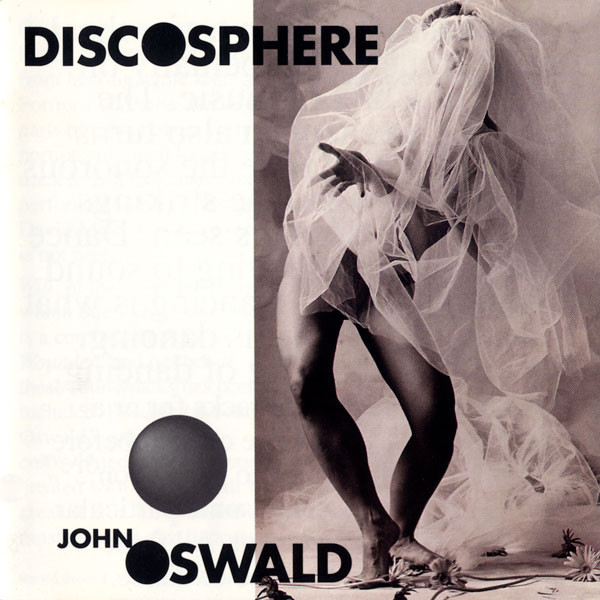
John Oswald
Discosphere
Album US 1991 on ReR Megacorp label
Soundtrack (Experimental, Musique Concrète, Soundtrack)
Back Cover; Created in Canada Made in the U.S.A. 74'00 Liner Notes: This disc features soundtracks for a part of dances. Some were created before dances and then adapted to them. Some were created after seeing some particular constructions of movement. All these sounds were made because of dance. Other soundtracks for dance, also by John Oswald, are not in this collection. Some of them are logically inseparable from hearing while seeing. The hearing alone is not enough. Portions of "Shane", "Baryshnikov", and "Fence" are like that. The parts of the dances that are featured here are other portions of much longer works. The soundtrack to Bill Coleman's ballet "Zorro" is performed live by Shelley Hirsch and David Moss. It is not a recording and it is not here. "Wili", of the cover photo, is a solo which Sue Lee dances, and it is a companion piece to "Wounded" and neither of these soundtracks has been included. "Wounded" is John Oswald's only entirely collaborated dance. It was created with Holly Small who also created "Wili". In "Wounded" the musicians are also the dancers. Track 1: (1989) Co-incidentally the composer was gathering recordings of incendiary sounds at the same time co-choreographers Paula Ravitz and Denise Fujiwara were working on a solo of combustible images while using, as rehearsal music, a recording of Igor Stravinsky's "The Firebird". The co-choreographers asked John Oswald to make a replacement to "The Firebird" and he had no intention to imitate Stravinsky. In addition to actual fire recordings, there are similar sounds (the moving of air, the escaping of gases, the fracture of timber), trompe l'oreille and heat noise swarms. This massive overdubbing of a single sound source, which the composer refers to as a swarm, began with "VT" (Track 14). Other examples of swarms are: the final section on "Dab" on the CD Plunderphonic (featuring 10,000 Michael Jacksons), portions of "Still" and "Wili" (used respectively by choreographers Karen Duplisea and Holly Small) "Spectre" (1001 String Orchestra commissioned by the Kronos Quartet, itself a sort of dance piece for musicians). "Amina" (Track 2, little bell swarm) and "Prey" (Track 10, whisper swarm). The long fade out of "Skindlilng Shadés (still a much-abbreviated representation of the embers of a dying fire) recedes to well beneath the threshold of audibility in most stereo systems, in a gradual slope from the maximum loudness of the CD 16-bit format to the CD minimum, digital zero (silence). This is then immediately followed by a similarly prolonged fade-in of the initial sound for Track 2. Depending on how loud one is willing to play, this diminuendo/crescendo could be perceived as a prolonged pause, though digital zero exists for only a fraction of a second between the two. Track 2: (1990) Bill Douglas' solo is entitled "Anima". This variation of that score is approximately an acoustic palindrome: the beginning and ending concurrently converge toward the middle. The high sound is a thousandfold overdubbing of the tiny bell used also and exclusively on the following track: Track 3: (1983) the pealing of the bell the size of a pea is heard in eight octaves. This is used by some dancers as the music for Holly Small's solo "Remember Vienna" (1984) while other dancers use Jim Tenney's "Spectral Canon" (1974). Track 4: (1988) This initially pastoral scene is from "Baryshnikov", a feature-length ballet by Bill Coleman. Most of the visual and audio materials for "Baryshnikov" are blatantly derived from popular American culture; there are scenes from movies, records, and from other dances. "Field" is polyplunderphonic. All of its sources are self-evident and, in other contexts, self-sufficient. Unlike the tracks on the Plunderphonic CD, each of which focused on one piece of music, or on one performer, "Field", along with "Code" (Track 16, which is also from "Baryshnikov") juxtaposes a variety of sources. Another "Baryshnikov piece, "Pocket", (from Count Basie's orchestrations) was featured on "Plunderphonic". Track 5: (1989) This unedited improvisation was created for "Elle", Jennifer Mascall's rendition of "King Lear". The lyric is inaccurately transcribed into a computer programmed for artificial voice generation. The solo was originally danced in shoes made from boats by Jo Leslie streaming tears. Track 6: (1990) "Attack of the Small Ones" is a work by Holly Small for six dancers, with a musical accompaniment of percussive and respiratory sounds created corporeally by the young cast. "Short Attack" is an accelerated arrangement of that rhythm score. Subsequent to its composition a solo which Small describes as "ridiculous", has been choreographed by her to accompany the music. Track 7: (1990) Commissioned by Hal Willner for National Public Radio (U.S.A.), "Angle" is the only piece in this collection not originally created for a specific choreographer. It is, generically, dance music, and it is plunderphonica. Track 8: (1987) This is a study for "Wounded" (1988). It is one of several pieces which uses the sonic image of a melody performed mechanically, fragmenting. Track 9: (1987) 3 sections from the first of several cinematic ballets by Bill Coleman & his North American Experience: the overture with an addition of the arrival of Shane; a jazz solo by the Jack Palance character; and, a funereal and approximate arrangement of "The Call of the Faraway Hills" (1953, Famous Chappell). Track 10: (1986) This version is abridged from the score for an ensemble work choreographed by Darcey Callison and performed by the ensemble TIDE. Marie-Josée Chartier is the solo dancer in the premier cast for the music box section of "Fence" (track 13 index 5). "Soine" Insert: (1988) Another piece in this klangfarbenmelodic sketch has been choreographed and danced to by Naoko Murakoshi who gave its title which means when someone close is sleeping with you. Track 11: (1990) A portion of one of several voice portraits; for a solo, choreographed by [Holly Small], which she dances. Track 12: (1987) Another study, abandoned, for "Wounded", this is an improvisation on a keyboard which triggers a vocabulary of endearments, provocations, carnal instructions and curses. Track 13: (1991) 9 sections from a longer work commissioned by the Dancemakers ensemble for choreography by Tom Stroud. The performance soundtrack includes additional sections and layers, most of which are transformations of the sounds of children in playgrounds. Track 14: (1973) The television snow field was made lumpy by resonant frequencies and angles in camera/monitor feedback loops with further modulations interpolated by video mixer keying in real-time improvisations to an evolving swarm of electronic sound, excerpted here. It was subsequently used as one of several layers of elements in the disembowelment overture to "Baryshnikov". Track 15: (1981) An excerpt from the sound for choreography by Savannah Tennessee Walling and performed by the Terminal City ensemble, it includes an early plunderphonic element. The soundtrack was entirely monophonic. For this disc, the original stereo of the surf recordings has been restored. Track 16: (1988) Bill Coleman's solo from the psycho-ballet "Baryshnikov" features several plunderphonic cameos. The rhythm track is related to the klang-probe featured on ReR QCD2. Bonus Track 17: (1991) This track is a compilation of the soundtracks for two dance solos. "The Case of Death" was being choreographed by James Kudelka during the assembly of this disc. It is danced by Peggy Baker. "More From the Case of Death" by the same choreographer is being created for dancer Pat Fraser. volume note: This CD has a wide dynamic range--it is sometimes potentially very loud and it is sometimes equally very quiet. At fist this variety of volume may be confusing. A suggested level can be set by first referring to one of the talking pieces, such as Track 12. Set loudness controls so that the voice is at a realistic level, as if the speaking person is in the room with you. The rest of the disc is relatively louder and quieter than this. digital dubs, Toronto film prep, Toronto Bill Sharp of Biota, & WMG, Indianapolis copyrights by John Oswald (SOCAN) 1973, 1981, 1983, 1986-91. This copyright will not be used to restrict any properly-credited not-for-profit use or reuse by the listener. John Oswald's "Parade", for choreography by Jennifer Mascall, is featured on ReR CMCD. His previous CD, of 5 plunderphonic songs, was released by Elektra Entertainment in the Spring of 1991 for radio only. The first CD of plunderphonics, released in 1989, was destroyed by the Canadian Recording Industry Association. distribution: Europe: ReR, USA: Cuneiform On CD: ℗ RēR MegaCorp 1991 Made in USA
Musicians
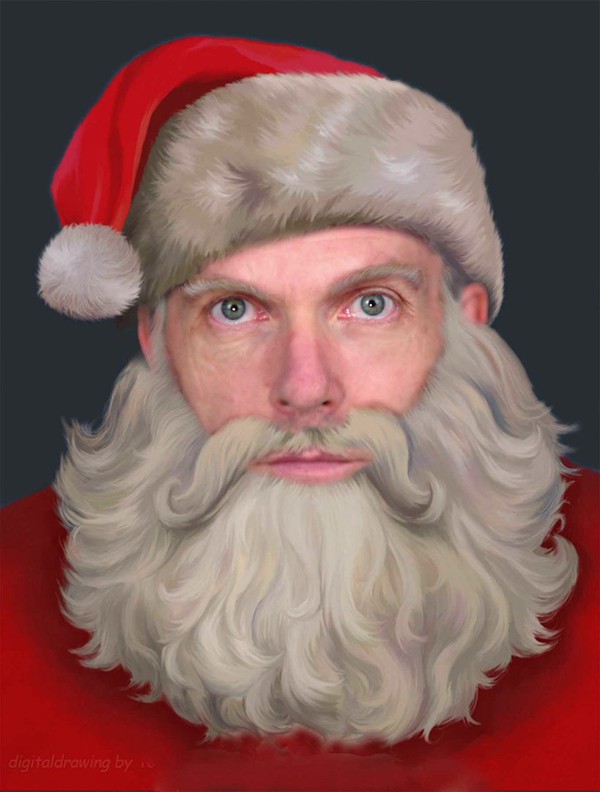 | John Oswald as, *1953 CA design, music by, recorded by, mixed by, mastered by, producer, album by, composed by, uncredited, translated by, text has been translated by |
 | Bob Wilcox film editor, film prep |
 | Tom Brazil photography by, bill coleman |
 | Holly Small photography by, collage, composed by, co-composer, music by, voice, voice portrait |
 | Clive Allen , transferred by, digital dubs |
 | Naoko Murakoshi words by, "soine" title |
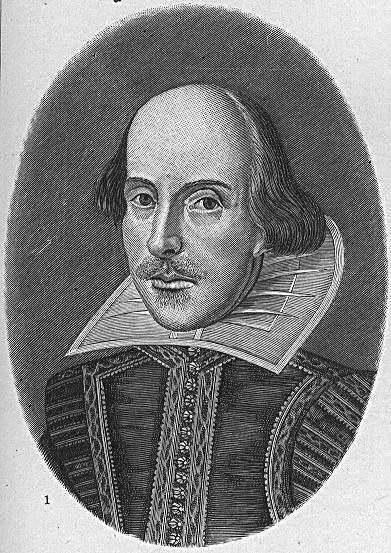 | William Shakespeare , 1564-1616 GB lyrics by, lyric is a fragment of text |
 | Victor Young vn, 1900-1956 US written by, "the call of the faraway hills" by |
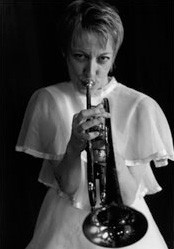 | Marie Josée Chartier , vocals, sings |
 | Henry Kaiser g, eg, *1952 US guitar, additional guitar parts |
 | Mick E. Rawjaws , *1947 GB read by |
 | Sonja Nochik , read by |
 | Wim Raesjwak , *1947 GB read by |
 | James Warwick , *1947 GB voice actor, uncredited |
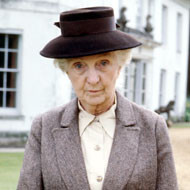 | Joan Hickson , 1906-1998 GB voice actor, uncredited |
 | Paul Haines voc, 1933-2003 CA words by, chapters entitled by |
 | G. Ray Brain , words by, parenthetically subtitled by |
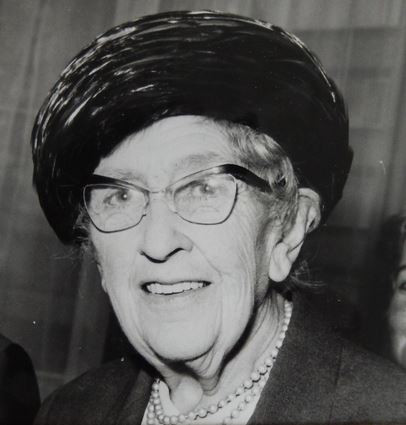 | Agatha Christie , 1890-1976 GB words by, uncredited |
Producers
| William Sharp coordinator, coordination of manufacture |
| Chris Cutler executive-producer, executive production for rer megacorp |
| Stephen Katz photography by, photos: denise fujiwara |
| Antonia Villa Señor photography by, photos: holly jumping |
| Vid Ingelevics photography by, photos: john oswald & holly small |
| Cylla Von Tiedemann photography by, photos: sue lee; marvin green & sonia d'orléans juste |
Album Tracks
| No | Title | Artist | Composer | Duration |
|---|---|---|---|---|
| 1 | Skindling Shadés | John Oswald | 5:00 | |
| 2 | Amina | John Oswald | 4:41 | |
| 3 | Bell Speeds | John Oswald | 3:00 | |
| 4 | Field | John Oswald | 4:14 | |
| 5 | Nothing | John Oswald | William Shakespeare | 2:26 |
| 6 | Short Attack | John Oswald | Holly Small, John Oswald | 2:05 |
| 7 | Angle | John Oswald | 2:35 | |
| 8 | Melody | John Oswald | 2:35 | |
| 9 | Shane | John Oswald | Victor Young | 3:23 |
| 10 | Prey | John Oswald | 10:10 | |
| 11 | Touch | John Oswald | 1:22 | |
| 12 | Love 1 | John Oswald | 1:07 | |
| 13 | Fence | John Oswald | 13:00 | |
| 14 | VT | John Oswald | 0:20 | |
| 15 | Beat | John Oswald | 3:19 | |
| 16 | Code | John Oswald | 3:19 | |
| 17 | The Case of Death | John Oswald | 9:21 | |
| 18 | A Pronounced Death | John Oswald | ||
| 19 | Prologuizer Prolixity | John Oswald | ||
| 20 | Given Sullen Pause (Her Sodden Paws) | John Oswald | ||
| 21 | Une Rosée Du Matin Sans Lustre | John Oswald | ||
| 22 | (The Cast Irony) | John Oswald | ||
| 23 | Prognosed Dream | John Oswald | ||
| 24 | (The Heart Larder) | John Oswald | ||
| 25 | Fondling Missed Teaspoon | John Oswald | ||
| 26 | Before Fondling Missed Teaspoon | John Oswald | ||
| 27 | (The Suited Duke) | John Oswald | ||
| 28 | Interminably Adverbially Yours Sincerely | John Oswald | ||
| 29 | Bulbous Privates | John Oswald | ||
| 30 | Seeing Through The Decidable | John Oswald | ||
| 31 | Subtle + Blunt = Tout S'Explique | John Oswald | ||
| 32 | Adherents Lost In Kyzyl Kum | John Oswald | ||
| 33 | Verdant Burden - Lack Of Experience | John Oswald | ||
| 34 | After Fondling Missed Teaspoon | John Oswald | ||
| 35 | Doors' Secret Drawers | John Oswald | ||
| 36 | Nagging The Knob | John Oswald | ||
| 37 | The Abruptness Of Coincidence | John Oswald | ||
| 38 | A Brush With Drum | John Oswald | ||
| 39 | Chubby Lap Lent | John Oswald | ||
| 40 | Birds Described As Almost Flightless | John Oswald | ||
| 41 | The Finality Of Coincidence | John Oswald | ||
| 42 | Demonic Chutney | John Oswald |
